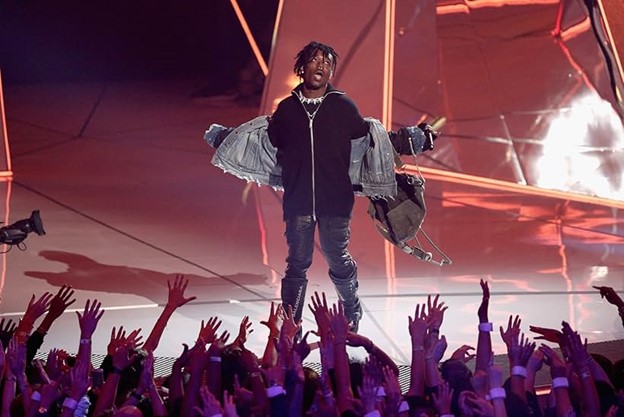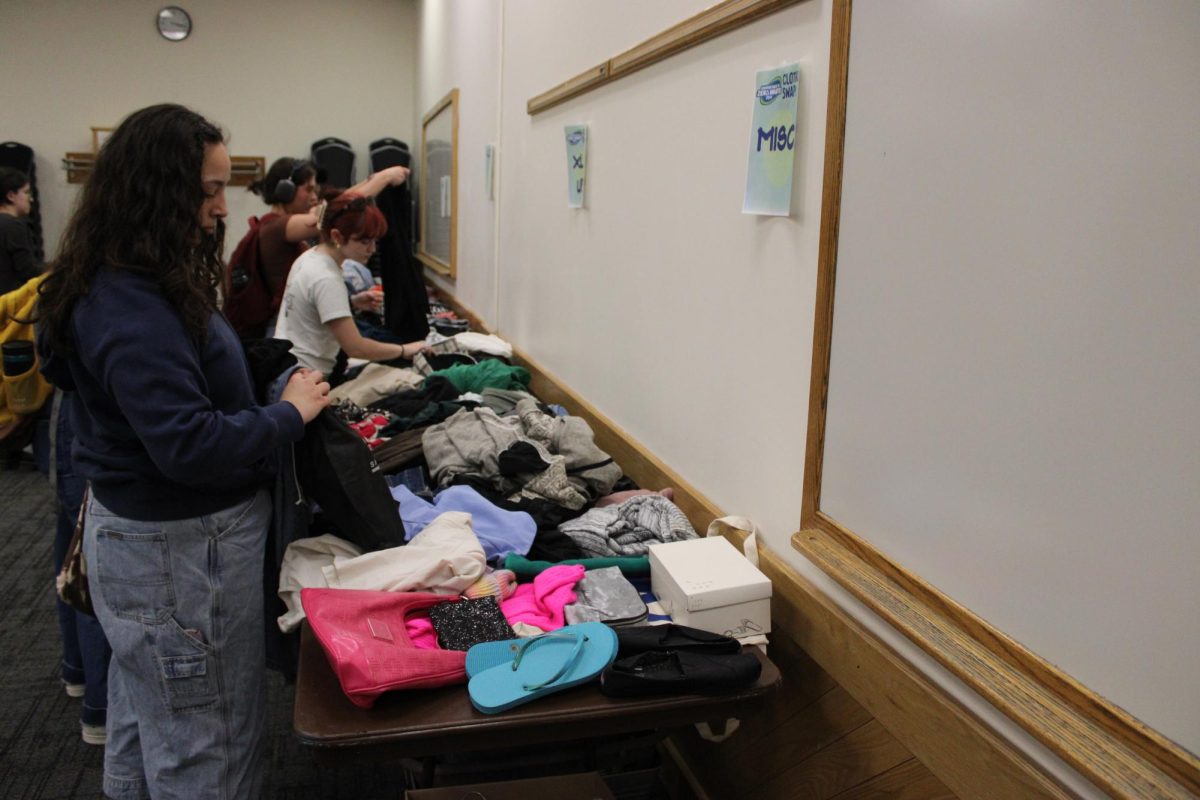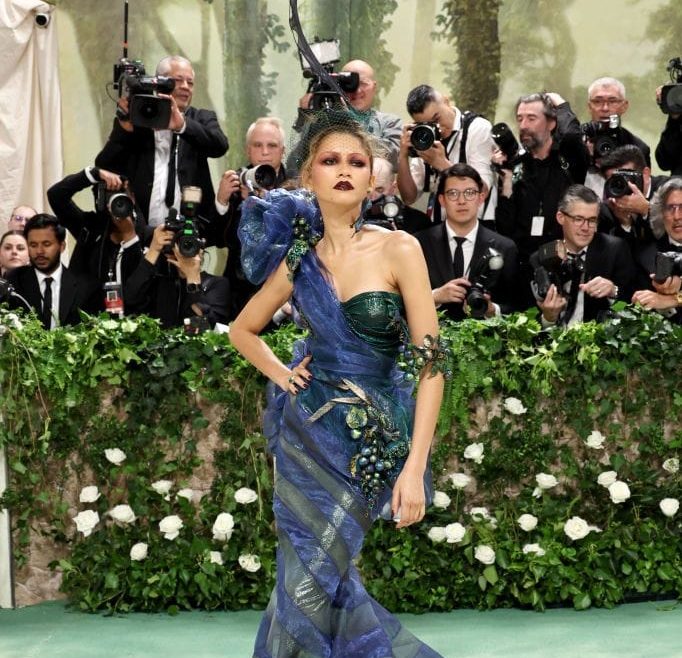
If you’ve ever seen the classic film The Devil Wears Prada then you know Miranda Priestly is snide on a good day. You may also remember Miranda (Meryl Streep) informing Andy (Anne Hathaway) that despite what she may think, fashion matters and what happens at the highest tiers affects her in everyday life as well.
A famous line from the film goes as following “You think you’ve made a choice that exempts you from the fashion industry when, in fact, you’re wearing the sweater that was selected for you by the people in this room from a pile of stuff.” Wise words, Miranda wise words.
The clothing we wear and the trends we look for come from an industry that starts with the runway and eventually makes its way into mainstream dressing. Essentially the runway provides a starting point for what retail clothing will look like. It is the application of different trends that distinguishes between high fashion and daily wear. As different trends become popular in high fashion, lower levels clothing companies incorporate the often extreme runway trends in a manner that is marketable to the public.
Currently, we are amidst one of the most important times of year in the fashion industry. All of the major fashion capitals of the world host their respective fashion weeks: where premier designers from far and wide debut new collections. This is a tradition that dates back to the 1800s in Paris. From September 7th – 14th New York Fashion Week was in full swing with designers from around the world coming to show their spring/summer 2018 collections.
Fashion week is two seasons, or six months ahead of the current season, meaning the collections are released early in a seasonal sense, to allow for restyling into mainstream fashion – as I mentioned above.
While models, designers, celebrities, and industry professionals flock to the runways, certain trends will begin to emerge as worthy of existing in ordinary retail channels. Trends that companies believe the public will decide are wearable.
Often pieces found on the runway are too Avant Garde for daily wear; but, more wearable trends found on the runway are likely to make their way into retail stores. For example, in 2013 Harper’s Bazaar dubbed the trend “gray lady” as one of the top fall trends. This trend has since been incorporated in mainstream daily wear and has evolved as the much endorsed “groutfit.”
There are few college students that I know who have not taken a turn sporting the “groutfit.” Whether it was because wearing full sweats all day sounded great or they attended a “groutfit” themed event. Either way the all gray trend stuck.
In the fall 2016 season, full body velvet was one of Vogue’s highlighted trends. Though the velvet suits, full length dresses, and track suits were never quite mainstream, last fall and winter there was an influx of less conspicuous velvet pieces. While most pieces found on the runway will be left to models and celebrities to wear, the general design ideas and themes are how the public are able to access runway fashion.
As a $1.2 trillion global industry, it is impossible to deny the influence of the fashion industry’s leaders. The designers, fashion critics, fashion editors, stylists and taste makers of this industry have shaped fashion for decades now. Their opinions and creativity have begun and influenced trends – consequently influencing the clothing that we wear every day.
Though New York Fashion Week recently ended it’s left us with the promise of goddess inspired dresses, reimagined plaid, all white, and wild flowers for the spring and summer season.
In the coming days and weeks, London, Milan, and Paris Fashion Weeks will bring with them a slew of new trends. Trends that will soon make their way into the closets of people everywhere. While most of us will not be lucky enough to find a fashion fairy godmother to send us to these highly talked about shows, what we’re all wearing a couple seasons from now will be a little taste of the events.
Mikayla Rooney can be reached at [email protected].


















